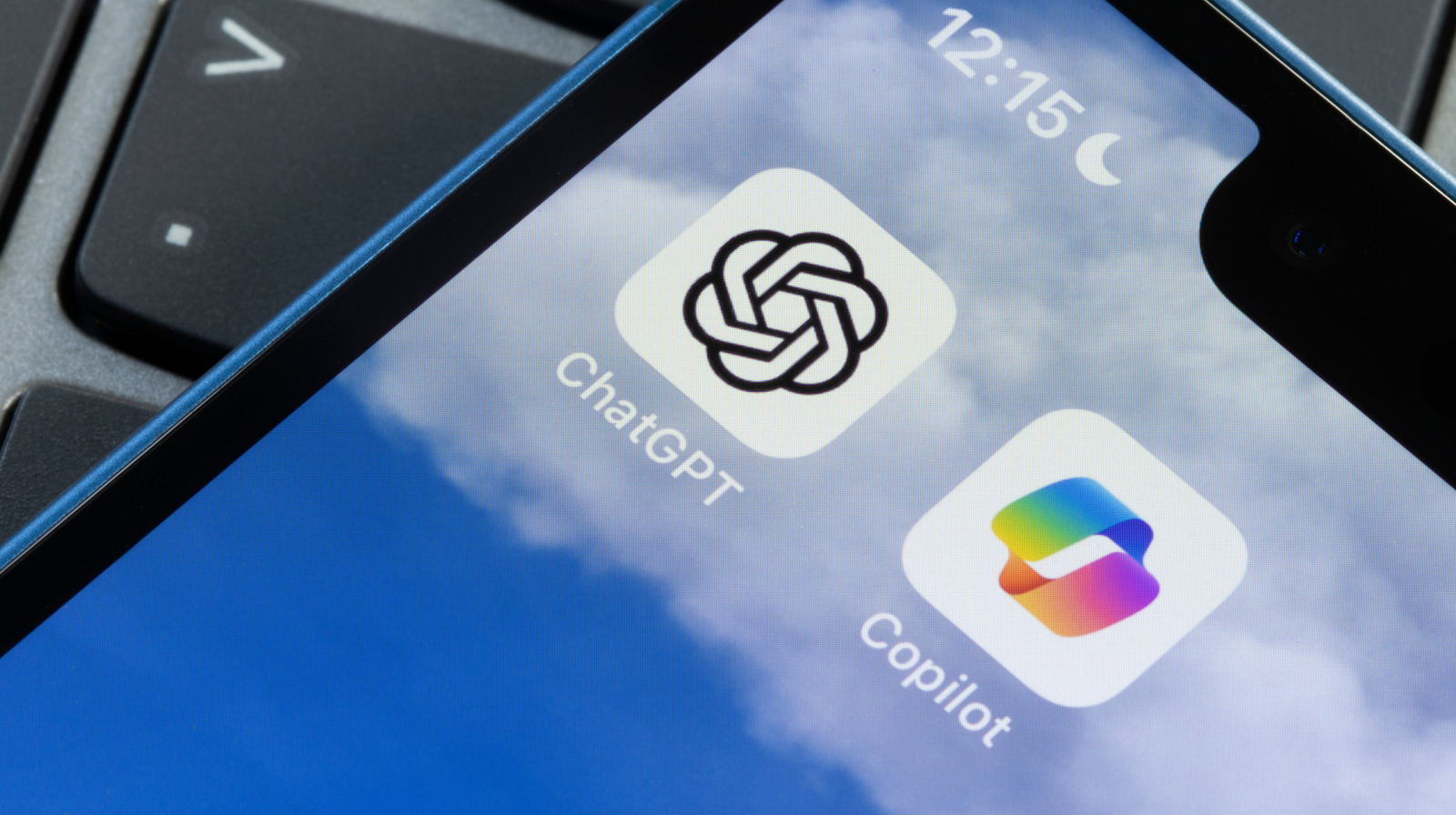Comparing the Intelligence and Utility of Different AIs

Comparing ChatGPT and Microsoft Copilot: A Detailed Examination
Understanding the Basics: What Are ChatGPT and Copilot?
Both ChatGPT and Microsoft Copilot are AI-driven chatbots developed to assist users with a variety of tasks. They belong to a category known as Large Language Models (LLMs), which are designed to understand and generate human-like text. Trained on vast amounts of data, these models predict the next word in a sequence based on previous context. ChatGPT is developed by OpenAI, while Copilot is powered by Microsoft and incorporates AI techniques from OpenAI as well.
Usage Context: Familiarity and Availability
Most users access the free versions of both platforms, which may differ significantly from the paid tiers. OpenAI’s ChatGPT holds a leading position in AI usage, boasting over 300 million active users. In contrast, Microsoft Copilot has gained around 28 million users, largely due to its integration into Windows and Office products. Users often engage with Copilot simply because it comes pre-installed on their devices.
Key Features and Functional Capabilities
Both AI systems have unique capabilities that can be helpful in various scenarios:
Integration with Office Tools: Copilot is embedded within Microsoft applications like Word, Excel, and PowerPoint. This allows it to perform tasks directly within these applications, such as generating reports or organizing data.
Creative Output: Both models can generate creative content, including poems or letters. ChatGPT has shown to be effective in creating more logical and persuasive argumentation in its outputs, while Copilot provides a more straightforward response yet has a slight edge in embodying the user’s perspective.
- Problem-Solving Skills: When tested with logical reasoning and ethical dilemmas, both AIs performed fairly well. They managed to identify fallacies and provided explanations for their answers, but both also displayed a tendency to misinterpret the complexity of straightforward questions.
Everyday Tasks: Basic Questions and General Search
One of the main applications of these AIs is to answer routine questions. Both ChatGPT and Copilot can provide fun facts and general information; however, inaccuracies sometimes arise, as both AIs can confidently present false claims. When asked fun facts about Google’s Android system, both models produced similar responses but occasionally included errors, indicating their limitations in reliability.
Testing Reasoning Abilities
In an attempt to challenge their reasoning capabilities, an exercise involving a farmer, his goat, and a rock showed that both AIs could misinterpret logical simplicity, assuming unnecessary constraints and overcomplicating their responses. Overall, this highlights the importance of continual improvement within AI technology.
Handling Algorithms and Coding
When tasked with writing code, both copilot and ChatGPT demonstrated effective capabilities in generating HTML for a personal website. ChatGPT, however, introduced a code editing feature that allowed for real-time changes, suggesting a more refined approach for developers, particularly those who are less experienced in coding.
Accuracy in Real-Time Information Retrieval
In tests involving current events and sports scores, ChatGPT outperformed Copilot. Although both models provided correct standings for the Colorado Avalanche, ChatGPT supplemented its response with player stats and additional match details, showcasing its superior breadth of knowledge. In contrast, Copilot offered a more basic overview.
Image Recognition Competence
The ability to analyze images is one area where both AIs have room for growth. While both managed to offer a basic object identification from images, ChatGPT provided much more accuracy than Copilot. This reinforces the notion that ongoing learning and improvement are crucial for AI systems.
Mobile App Functionality
Both ChatGPT and Copilot offer mobile applications with interfaces that lean heavily on their web counterparts. However, Copilot’s distinct feature, "Copilot Daily," offers users a summary of current events alongside the standard functionality. In contrast, ChatGPT has a broader feature set within its mobile app.
Final Thoughts on Usability
While both ChatGPT and Microsoft Copilot are useful tools for a range of tasks, ChatGPT consistently demonstrates a slight edge regarding accuracy, breadth of knowledge, and creative outputs. Both AIs, while advancing rapidly, still struggle with fundamental inaccuracies and logic challenges. Despite significant investment in AI technology, it appears neither has reached a level where they can be fully relied upon for accuracy in critical tasks. As their technology evolves, users can expect improvements, but current limitations should be noted.





